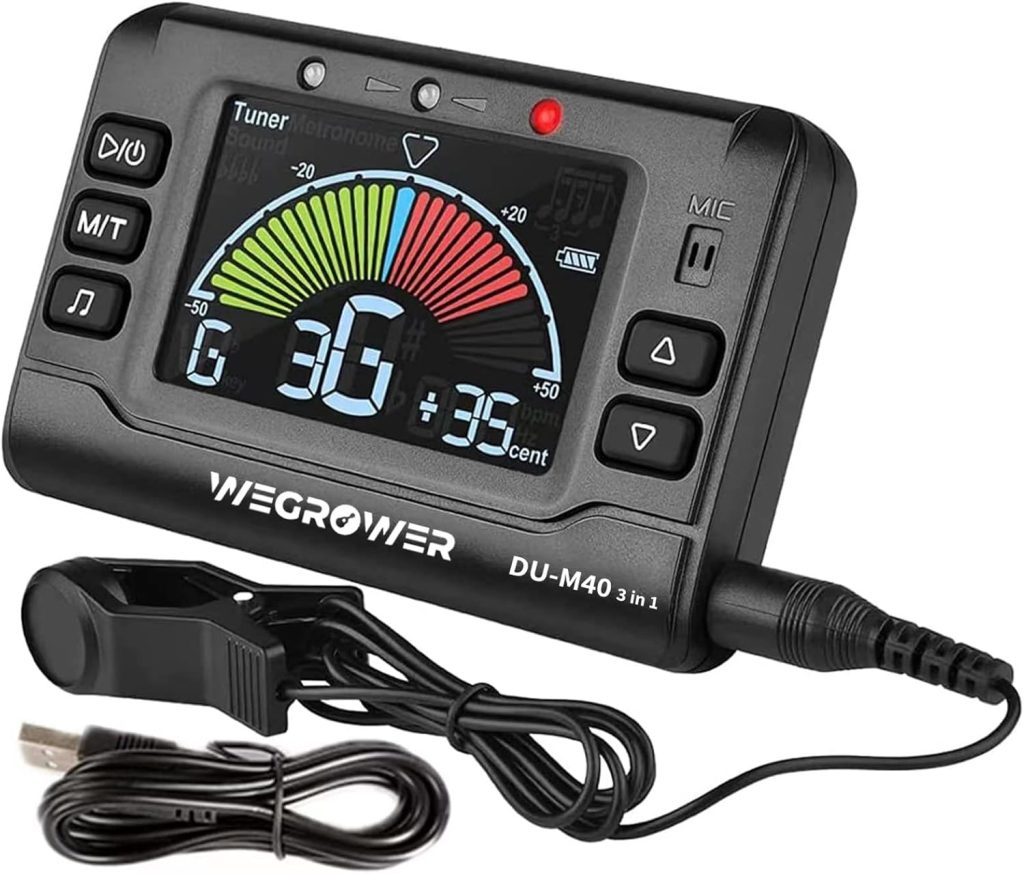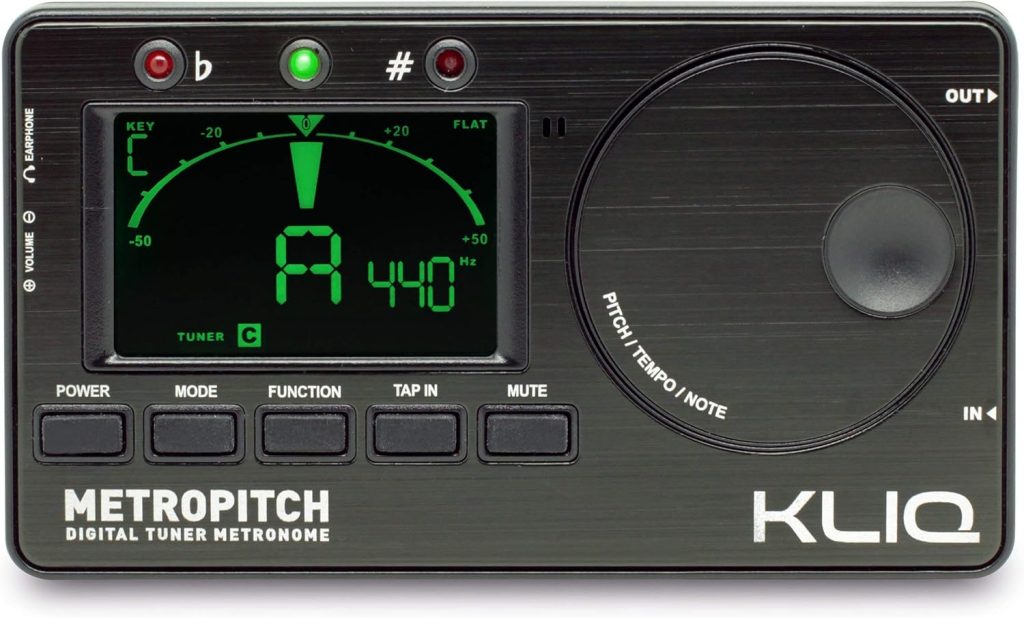Fender Premium Picks Sampler Review

Unleash your guitar’s potential with the Fender Premium Picks Sampler. Explore thin, medium, and heavy gauges for a sound that’s as unique as your creative spirit.
Donner Wireless Page Turner Pedal Review

Experience seamless page turning with the Donner Wireless Page Turner Pedal. A sleek, rechargeable marvel that liberates hands and elevates your digital performance.
Boss DB-30 Dr. Beat Metronome Review

Explore the Boss DB-30 Dr. Beat Metronome: compact, feature-rich, perfect for musicians facing time-keeping woes, and sure to add rhythm to any practice session.
Wegrower 3 In 1 Metronome Tuner Review

Discover the ultimate musical companion! The Metronome Tuner 3-in-1 is accurate, versatile, and rechargeable, perfect for any instrument. Play seamlessly.
KLIQ MetroPitch Review

Discover the KLIQ MetroPitch—a tiny powerhouse fusing a tuner, metronome, and tone generator for musicians. Elevate your practice; portable and versatile.
Ueteto Mechanical Metronome Black Review

Explore if the Ueteto Mechanical Metronome enhances your musical journey. Delve into its retro charm, durable design, and battery-free operation.
TERENCE Digital Metronome Review

Explore the TERENCE Digital Metronome, your new musical companion. Perfect rhythm on guitar, piano, or drums. Rechargeable, versatile, and ready to refine your skills!
Sondery Digital Metronome Review

Explore the Sondery Digital Metronome—a witty companion in your musical escapades. With diverse sounds and tempos, it’ll charm novices and maestros alike.
Nefelibata Guitar Strap Review

Discover how the Nefelibata Guitar Strap merges style and function with its retro floral design and durable craftsmanship—a harmonious accessory for all musicians.
Levy’s Leathers Guitar Strap Review

Explore the Levy’s Leathers Guitar Strap—a perfect blend of comfort, durability, and style, ensuring your musical journey is as smooth as a David Sedaris essay.
